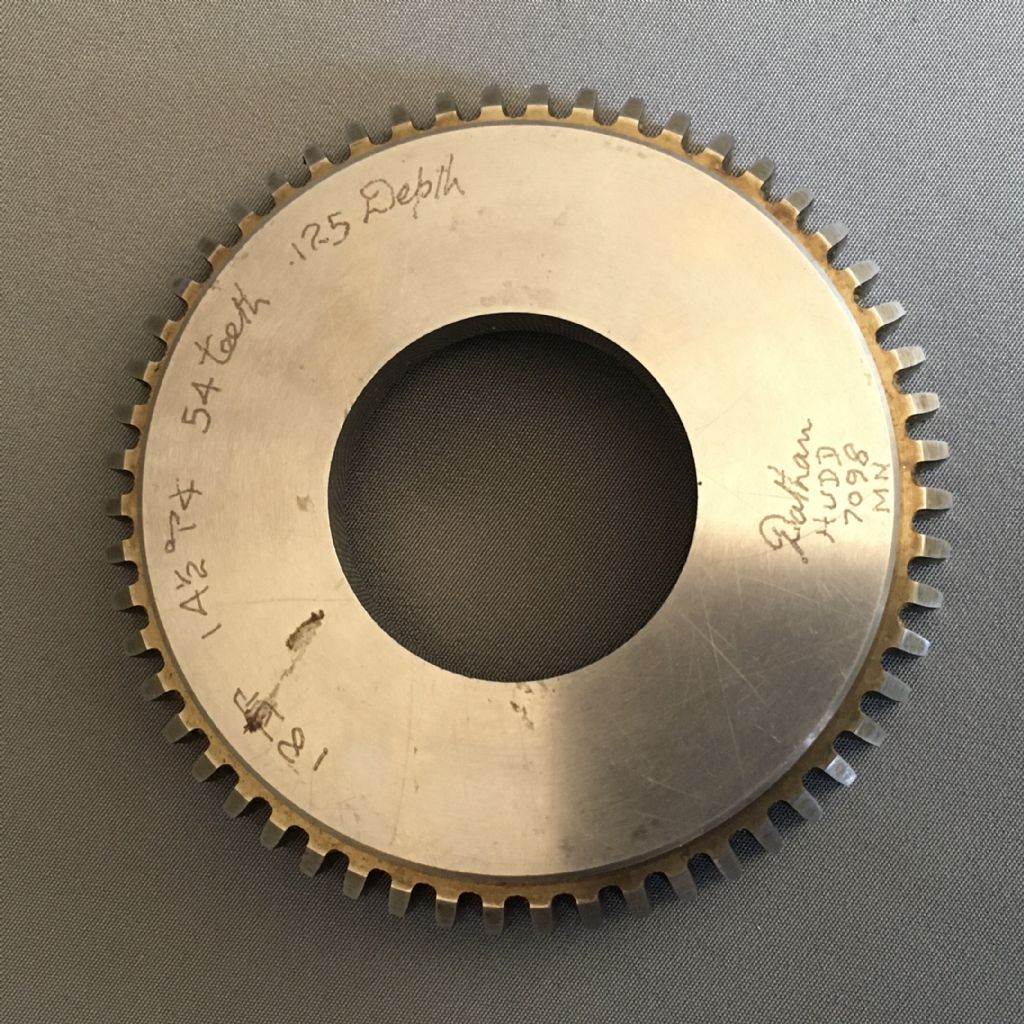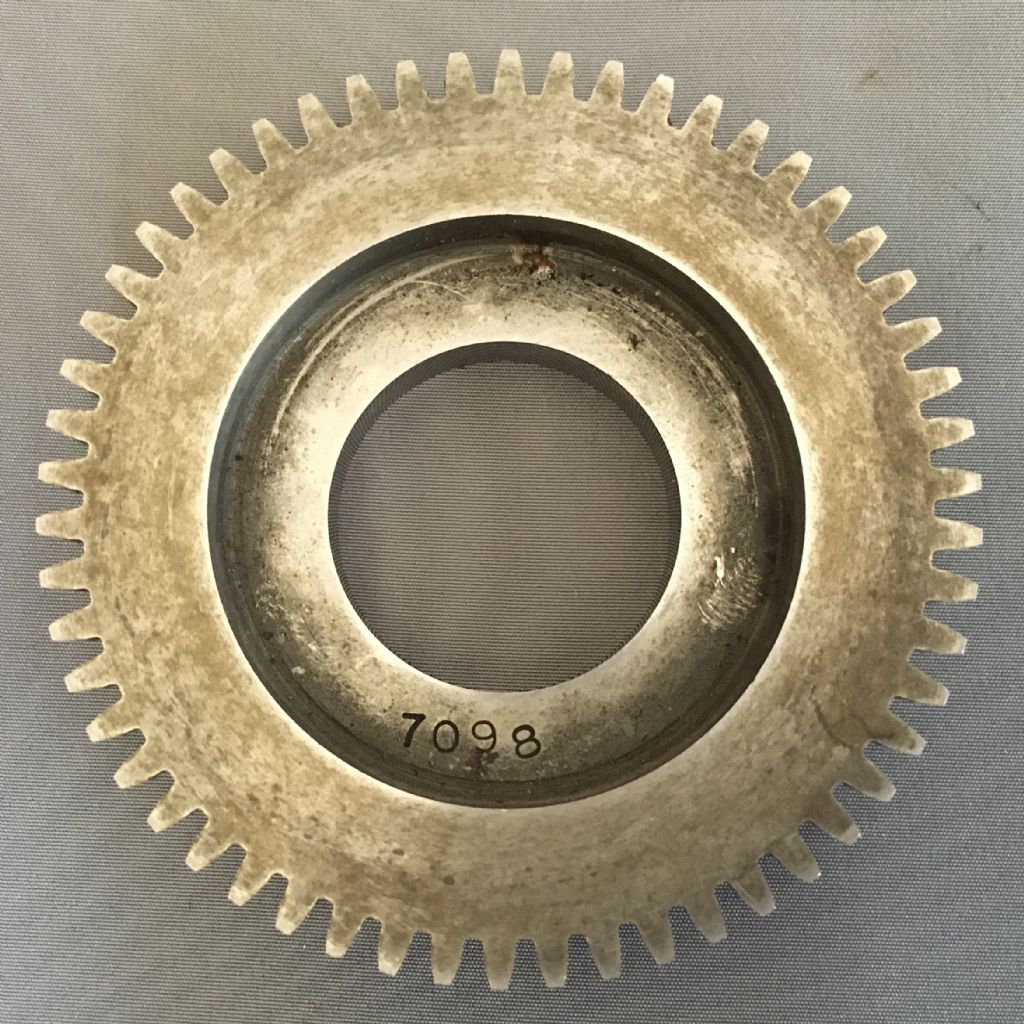Looking again, I assume the double rake that Michael refers to is the chamfer on the back of the teeth, which makes them a bit safer to handle, and limits the regrinds. The profile changes towards the back and at some point could produce an inaccurate profile on the gear produced.
There were two methods used to produce the cutter's tooth space. One was to grind each flank separately to its involute shape. The wheel and work would 'roll' to produce the involute. The second method, using a reciprocating grinding wheel formed to the appropriate form using a Diaform pantograph to dress the grinding wheel. This had the advantage of allowing 'corrections' in the form such as chamfering the gear tooth tips, or to give a well-formed fillets for maximum strength. Slight undercuts produced by 'protuberances' on the cutter tip to give undercuts for gears that would be finished by shaving. This was the case for motor vehicle transmission gears.
Too much info, I know. I find gears and their cutters things of beauty probably due to my exposure to them in my youth.
There is no date etched on the top. It might be quite old, as 14 1/2 degree pressure angles were becoming less common, if not already obsolete, in the late 60s/early 70s when I worked for the firm.
It should polish up nicely, Michael.
Bill
DC31k.







